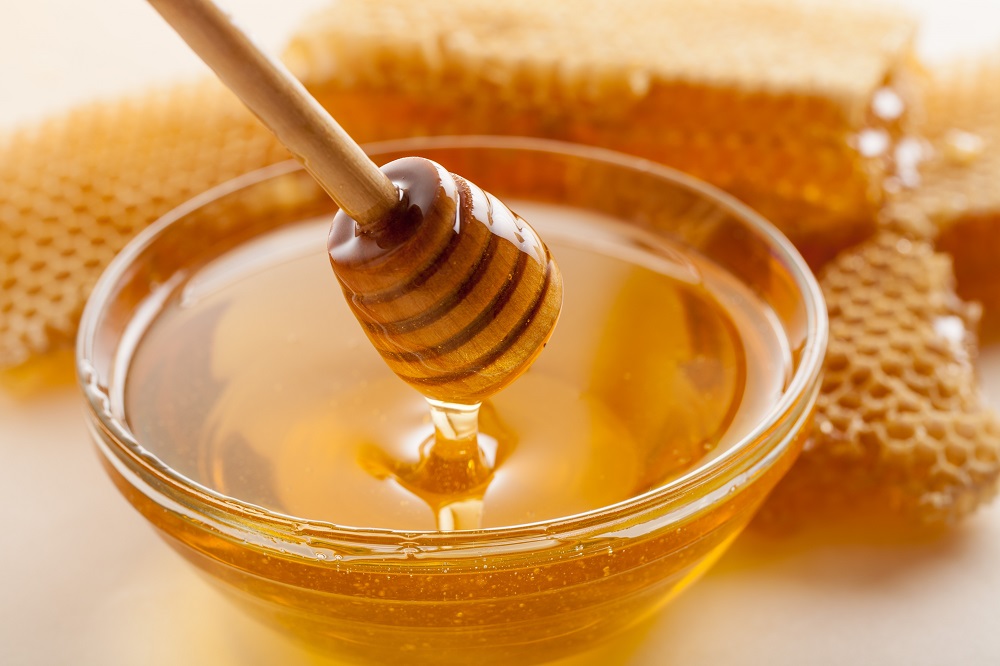
Hello Readers! This is Saradha Preethi, Happy Welcoming you all to my 5th week of Supply Chain Blog. To make it sweeter, this week's Blog is all about "The Supply Chain of Honey"😇😎
It's hard to tell just how long honey has been around for. Some estimates suggest that honey bees have been on the earth for around 40 million years, although there are estimates that assert that there are honey bee fossils dating back 150 million years. However, the early records of beekeeping and human consumption of honey are seen in prehistoric cave paintings in Spain, believed to date back to 7000 BC.
Honey Production
The Bees:
The most important workers in the honey supply chain. Worker bees collect nectar from plants and store it in a bag, which is essentially a second stomach. Stored honey is mixed with enzymes that change its chemical composition and PH so that it can be stored longer. The bee returns to the hive to begin the regurgitation process, where the nectar is transferred from bee to bee until it is broken down into simple sugars. The nectar, partly digested, is then stored in honeycombs. The water in the substance must be evaporated in order to complete the process, so as to make it easier for the bees to fan the honeycomb with their wings. When enough water has evaporated, the bees cover the honeycomb with a liquid that solidifies into the beeswax.
Removal:
For decades, the only way to successfully extract honey from the beehive was to destroy the bees inside. Fortunately, in 1851, the American beekeeper invented a more humane process, using removable honeycomb frames. This system approach is still being used today.
There are a few methods for extracting honeycomb frames: the more common approach is to cut individual frames and shake and gently brush the bees at the entrance to the hive. However, this is very time-consuming and not the best way for beekeepers or bees. Today, the most widely used method is a bee escape/separator board method. The beekeeper places a board between the chamber of honey and the chamber of the brood. When the bees realize that they have been separated from their queen, they immediately pass through the exit of the frame into the brood chamber. Once done, however, they no longer have access to the honey chamber. In addition, beekeepers can use smoke or fumes to repel or calm the bees.
Uncapping & Extraction:
The beekeeper can choose to remove the beeswax caps by hand with a fork or a heated blade, but uncapping machines may also be used – although this is more common in mass production
Honey can be extracted using either a manual 'crush and strain' process or an extractor system. The extractor machine is a large metal drum that uses centrifugal force to extract the honey. It spins the honeycomb until all the honey is pushed out and falls to the floor. The honey passes through the spigot and the sieves are used to clean out any wax particles and debris.
Processing & Bottling:
Most of the honey that we buy in the shops is handled by a commercial distributor. Honey is heated to 120 degrees Fahrenheit (48.9 ° C) to melt crystals and then flashes to 165 ° F (73.9 ° C) to cool the honey back down before bottling. The phase lasts approximately 7 seconds. Some of the beneficial properties of honey have been lost during processing.
Honey Fraud & Supply Chain Transparency:
The honey supply chain is especially vulnerable to fraudulent activities, mainly due to a lack of accountability in the world. According to the European study, honey is the sixth most fake food in Europe. Forms of honey fraud include: marketing cheap multifloral honey as single-source honey at a higher price, adding sugar syrups to increase product volume, and unripe honey production using artificial evaporation. The unripe production method is popular in China, and although illegal in the EU, Chinese honey accounts for the majority of EU imports of honey. Honey is routinely tested for validity, bulking agents, and suspected antibiotics. But testing has become more difficult as fraudsters have begun using syrups such as rice and beet, which can be undetected using the traditional C4 adulteration test.
Happy Learning with Sara!😇




Honey Supply Chain is Fascinating.
ReplyDeleteYes It is really amazing to know about Honey Supply Chain and Thanks you for your comments:)
Deletehttps://www.allthingssupplychain.com/the-amazing-supply-chain-of-honey/#:~:text=The%20bees%20%E2%80%93%20the%20most%20crucial,is%20essentially%20a%20second%20stomach.&text=The%20bee%20returns%20to%20the,broken%20down%20into%20simple%20sugars.
ReplyDeleteSame as yours.